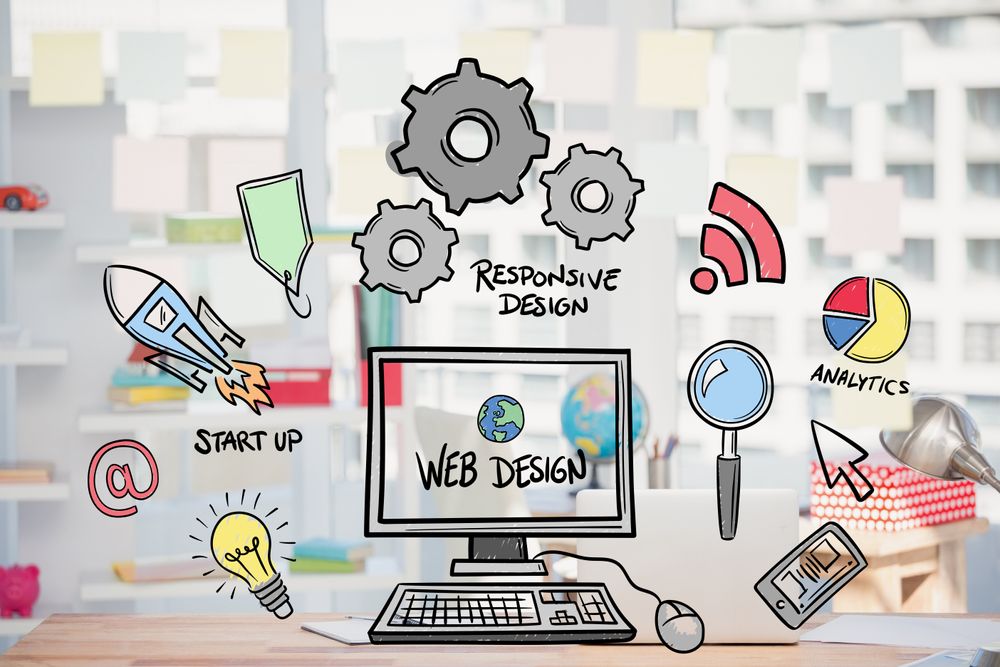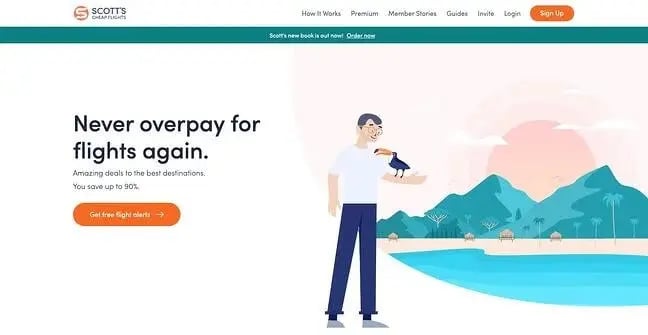The Top Benefits of Choosing Website Design in copyright for Your Brand
The Top Benefits of Choosing Website Design in copyright for Your Brand
Blog Article
Achieve Online Success With User-Friendly Web Site Style
In the significantly competitive electronic landscape, the design of an internet site can be an essential factor in identifying a service's success. User-friendly style not only improves the general user experience yet also affects vital metrics such as involvement, retention, and conversion prices.
Value of Individual Experience
Individual experience (UX) plays an essential duty in the success of a web site, as it straight influences individual complete satisfaction and engagement. A favorable UX makes sure that site visitors can navigate the website easily, accessibility information quickly, and complete preferred actions, such as signing or making a purchase up for an e-newsletter, without irritation.
In an electronic landscape where competition is tough, a web site that focuses on UX can substantially improve brand name commitment and retention. Individuals are more probable to return to a website that supplies a smooth experience, creating a cycle of repeat visits and enhanced customer life time value. Reliable UX design can minimize bounce rates, as customers are less likely to leave a website that satisfies their demands efficiently.
Additionally, search engines increasingly think about individual experience factors when ranking websites. Hence, spending in customer experience is necessary for accomplishing long-term success in the digital market.
Key Principles of User-Friendly Layout
A successful straightforward style rests on several key principles that improve functionality and access. Most importantly is simpleness; a clutter-free interface makes it possible for customers to navigate easily, lowering cognitive lots. This concept highlights the relevance of succinct and clear material, permitting individuals to find details quickly without unnecessary disturbances.
Consistency is another essential component. Consistent use of colors, fonts, and formats fosters familiarity and builds depend on. Customers ought to feel comfortable as they discover various areas of the web site, understanding that comparable components indicate relevant capabilities.
Efficient typography additionally plays a vital duty in easy to use style. Clear typefaces, ideal sizes, and appropriate spacing ensure that content is easily readable across different tools. Incorporating intuitive aesthetic power structures assists users determine key information and activities at a glimpse.

Important Functions for Navigating
Reliable navigation is essential for any kind of user-friendly internet site, as it directly influences the total user experience. A well-structured navigating system enables users to locate info swiftly and efficiently, decreasing disappointment and increasing involvement.
One necessary function is a instinctive and clear menu that classifies material practically - website design copyright. This menu ought to be quickly available from every web page, typically placed on top or on the side of the web site. Additionally, including breadcrumb navigation aids customers recognize their area within the site power structure and makes it much easier to backtrack
Browse performance is another essential element, allowing users to find certain material without looking through numerous pages. This feature should be plainly presented and responsive to variations in input.
Moreover, a mobile-responsive design makes sure that navigation continues to be seamless across devices. As mobile usage continues to rise, food selections must adapt to various screen dimensions without jeopardizing capability.
Lastly, visual signs such as highlighting the active web page and making use of hover impacts can boost customer interaction. By integrating these essential functions, web site designers can produce a navigational experience that is not only user-friendly yet likewise motivates expedition and retention.
Access Considerations
Ease of access factors to consider are important to developing an easy to use web site that satisfies all individuals, regardless of their capabilities or specials needs (website design copyright). Websites need to be developed to make certain that users with visual, auditory, cognitive, or motor disabilities can engage with content efficiently. This begins with adherence to the Web Content Access Guidelines (WCAG), which provide a structure for making digital material extra accessible
Secret methods consist of using detailed alternative text for pictures, making certain shade contrast ratios meet availability requirements, and supplying subtitles for multimedia elements. Furthermore, the navigation should be user-friendly, allowing individuals to tab with web links and interactive components quickly. Executing keyboard navigation is critical for those incapable to utilize a computer mouse.
Additionally, clear and succinct language enhances understanding for individuals with cognitive limitations. Types need to be uncomplicated, with tags and directions that are understandable. Regular availability testing, including individual comments from people with disabilities, can assist identify obstacles and enhance use.
Measuring Layout Success

Individual comments surveys and usability testing are important in analyzing the effectiveness of layout elements. These methods allow developers to collect straight input from customers, recognizing pain points and locations for improvement. Additionally, tracking heatmaps can disclose where individuals click most often, aiding to educate format modifications and content prioritization.
Google Analytics can track user actions, exposing patterns that show whether the design is preventing the user or helping with trip. Eventually, an effective web site style not only meets service purposes but likewise fosters a seamless and enjoyable individual experience, driving engagement and commitment over time.
Verdict
In conclusion, user-friendly web site layout is paramount for achieving on-line success. Prioritizing individual experience with simpleness, user-friendly navigating, and effective feedback mechanisms not only enhances individual involvement and satisfaction but also promotes brand name loyalty. Integrating necessary navigating features and ease of access considerations even more guarantees that all users can effectively engage with the website. Eventually, gauging layout success supplies useful understandings that guide continual renovation, strengthening a solid on-line existence in a competitive digital landscape.
Websites have to be developed to make sure that individuals with aesthetic, auditory, cognitive, or electric motor disabilities can engage with material efficiently.Gauging design success involves reviewing exactly how effectively a web site meets its desired goals while giving a positive individual experience. Google Analytics can track user habits, disclosing patterns that show whether the design is facilitating or impeding the customer journey. Eventually, an effective site layout not only satisfies organization objectives however additionally promotes a pleasurable and smooth customer experience, best site driving interaction and commitment over time. Focusing on user experience through simpleness, instinctive navigating, and effective responses mechanisms not only improves individual involvement and complete satisfaction yet additionally cultivates brand loyalty.
Report this page